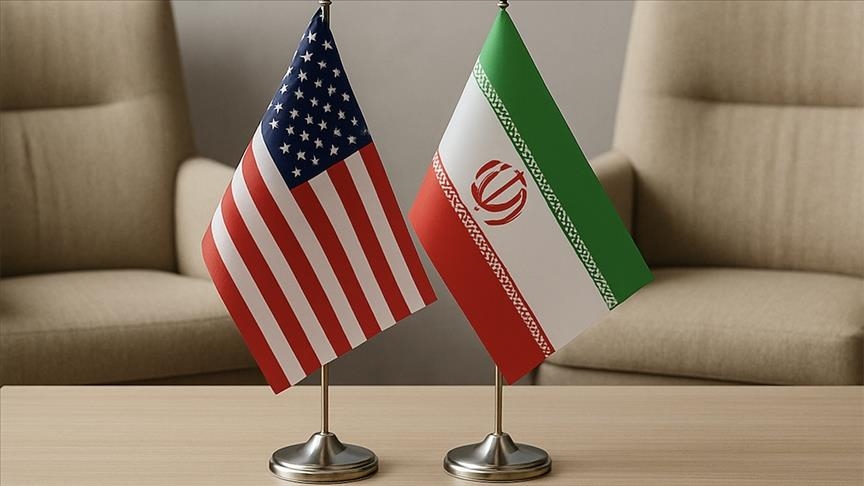Introduction
The diplomatic atmosphere intensified as Iran and the United States officially launched the second round of nuclear talks in Rome. Both nations entered the negotiations with cautious optimism but significant differences remained. After months of preliminary discussions and back-channel diplomacy, Rome now serves as the focal point for direct engagement on one of the most critical issues facing international security.
Background
Over the past two decades, Iran’s nuclear program has drawn global attention and concern. The 2015 Joint Comprehensive Plan of Action (JCPOA) initially brought a temporary solution. However, in 2018, the United States unilaterally withdrew from the agreement under then-President Donald Trump, leading to increased tensions and a gradual unraveling of the deal. Consequently, Iran expanded its nuclear activities beyond JCPOA limits, alarming the international community.
Following a change in U.S. leadership in 2021, both sides expressed interest in re-engaging, although mistrust lingered heavily. Rome, therefore, represents a crucial opportunity to revive stalled efforts.
Setting the Stage in Rome
The second round of talks opened at the historic Palazzo della Farnesina, headquarters of Italy’s Ministry of Foreign Affairs. Italian officials, although not direct participants, played a supportive role in hosting and facilitating the dialogue. Delegates from Iran and the United States arrived under strict security measures, reflecting the high stakes involved.
Iran’s delegation, led by chief negotiator Ali Bagheri Kani, emphasized Tehran’s right to pursue peaceful nuclear energy. On the other hand, the U.S. team, headed by Special Envoy for Iran Robert Malley, stressed the necessity for immediate and verifiable limits on Iran’s nuclear program.
Major Points of Contention
Several major issues dominated the discussions:
Sanctions Relief
Firstly, Iran demanded full and unconditional lifting of economic sanctions. Iranian officials argued that the sanctions severely crippled their economy and undermined public trust in diplomacy.
Uranium Enrichment Levels
Secondly, the enrichment of uranium remained a critical sticking point. Iran insisted on maintaining certain enrichment levels for civilian purposes. However, U.S. negotiators warned that such activities could easily be diverted toward weaponization.
Verification and Compliance
Thirdly, the parties clashed over verification mechanisms. Washington demanded rigorous inspections by the International Atomic Energy Agency (IAEA) to ensure compliance, while Tehran insisted on respecting its sovereignty and limiting intrusive monitoring.
Progress and Challenges
Despite deep differences, both sides made modest progress. They agreed on establishing specialized working groups to address technical issues such as timelines for compliance and sequencing of sanctions relief. Moreover, diplomats described the atmosphere as “professional and determined,” a marked improvement compared to earlier, more hostile encounters.
Nevertheless, significant challenges persisted. Iran remained deeply skeptical about U.S. intentions, given the previous withdrawal from the JCPOA. At the same time, American officials faced domestic pressure not to appear weak or overly conciliatory.
Regional and International Reactions
The developments in Rome reverberated across the globe. Israel expressed strong skepticism, warning that Iran sought to buy time to advance its nuclear program. Meanwhile, European powers, particularly France, Germany, and the United Kingdom, urged both sides to demonstrate flexibility and pragmatism.
Russia and China, both signatories of the original JCPOA, welcomed the resumption of talks but emphasized the need for a balanced approach that addressed all parties’ concerns.
The Role of Rome as a Neutral Ground
Choosing Rome as the host city carried symbolic significance. Italy maintained strong ties with both Washington and Tehran while consistently advocating for dialogue and peaceful conflict resolution. Furthermore, Rome offered a neutral and historically rich environment conducive to high-stakes diplomacy.
The Italian government, under Prime Minister Lucia Conti, made clear its support for the negotiations without directly intervening in the substance of the talks. Italian Foreign Minister Giulio Taddei met separately with both delegations, offering moral support and urging perseverance.
What Lies Ahead
The negotiations in Rome are far from their conclusion. After several intensive sessions, both sides planned to reconvene after a short recess. During this break, delegates will return to their capitals for consultations. Additionally, technical experts will continue working behind the scenes to draft preliminary frameworks for a potential agreement.
If the second round succeeds in narrowing key gaps, a full diplomatic breakthrough could follow. Alternatively, failure could set the stage for greater instability in the Middle East and a renewed arms race.
The second round of nuclear talks between Iran and the United States in Rome marks a pivotal moment. While profound disagreements remain, the fact that both nations committed to sitting down and engaging in detailed discussions offers a glimmer of hope. Moving forward, success will require courage, creativity, and compromise from both Tehran and Washington. Above all, the world watches closely, hopeful that diplomacy will ultimately triumph over confrontation.




